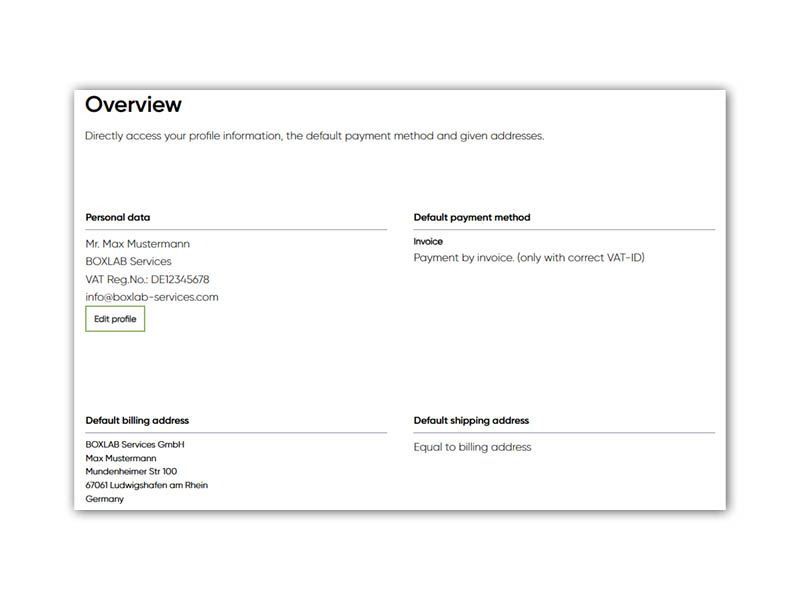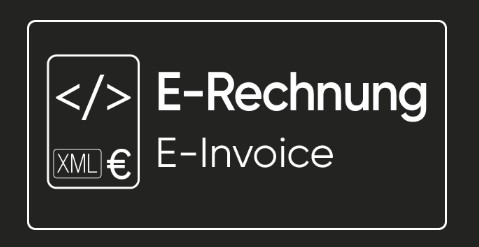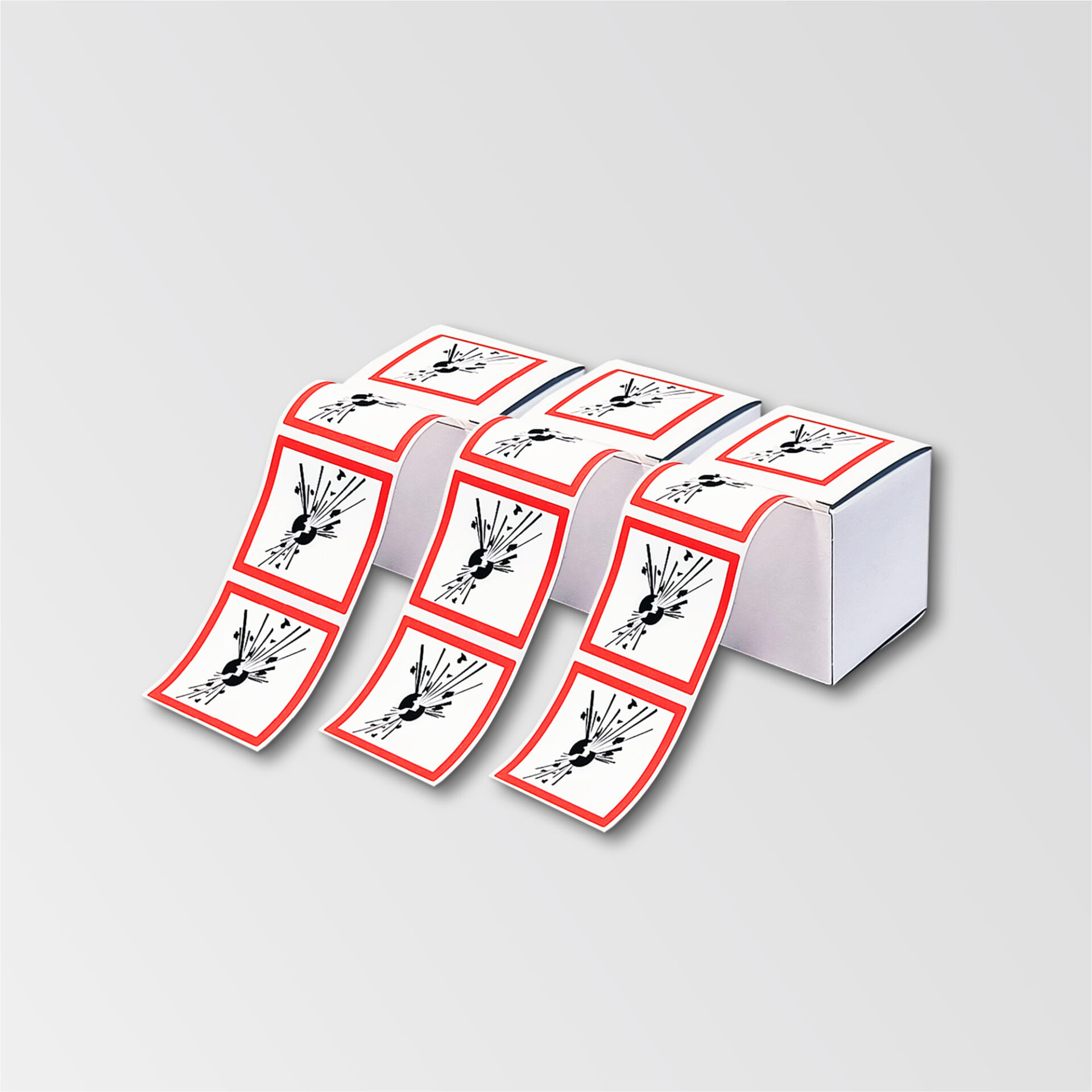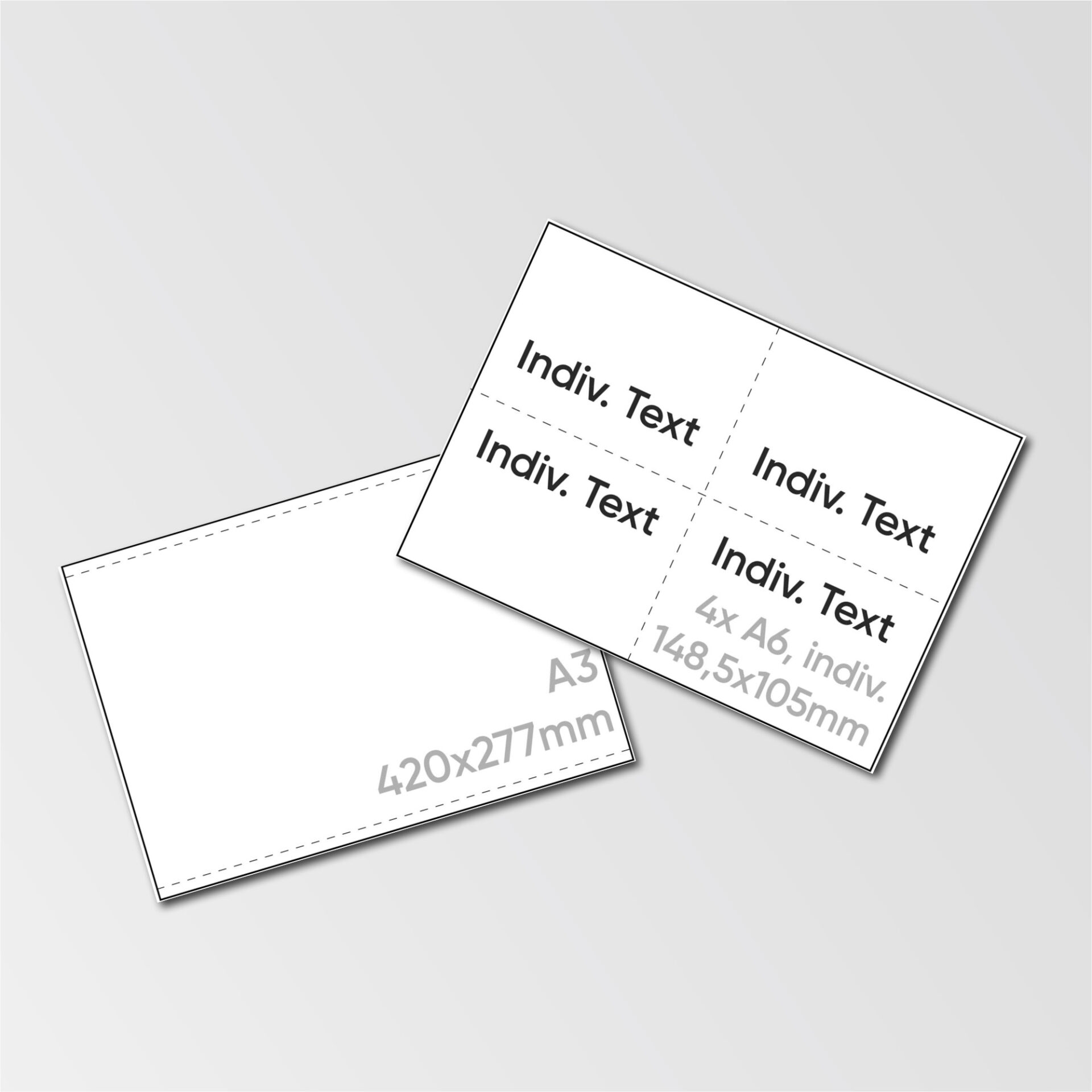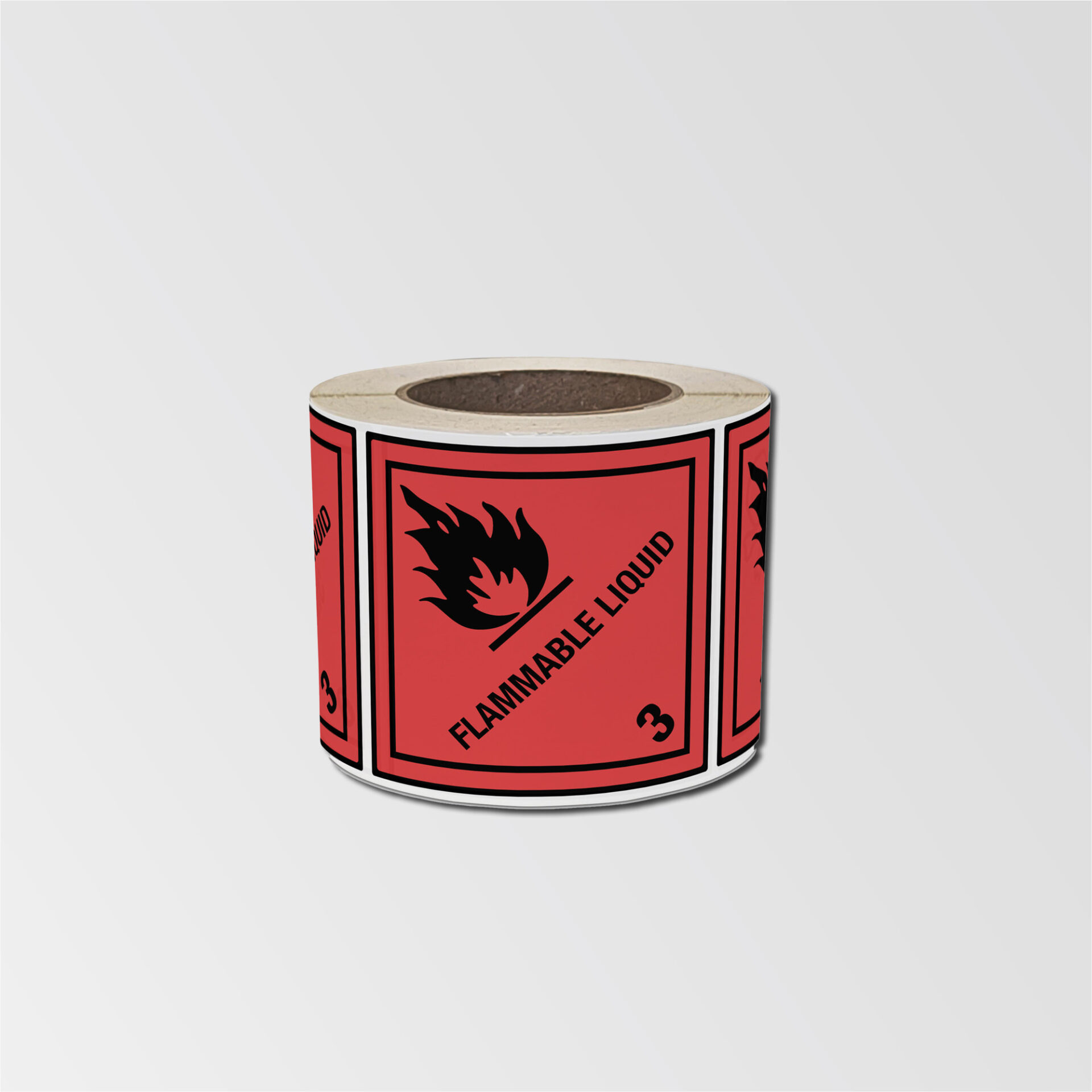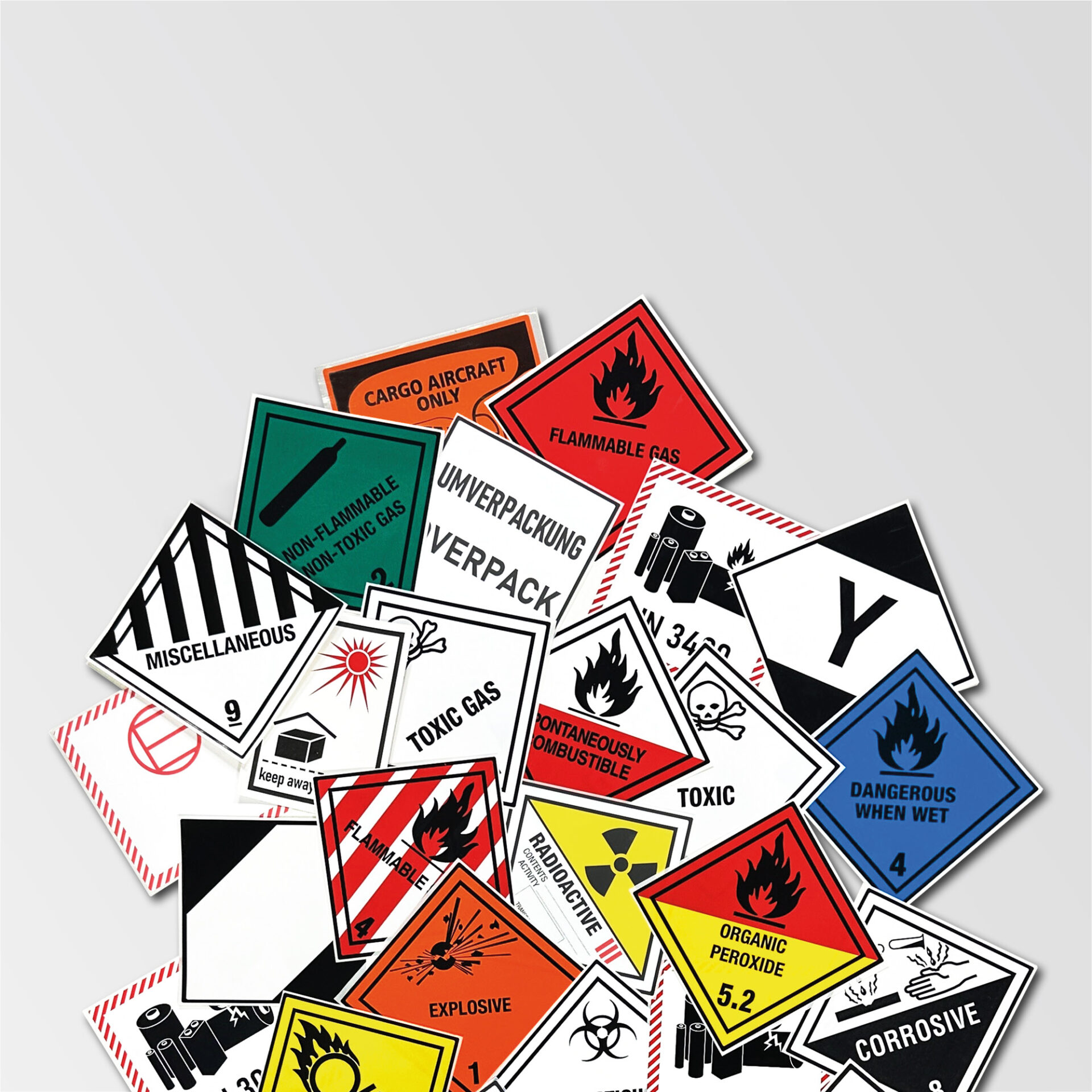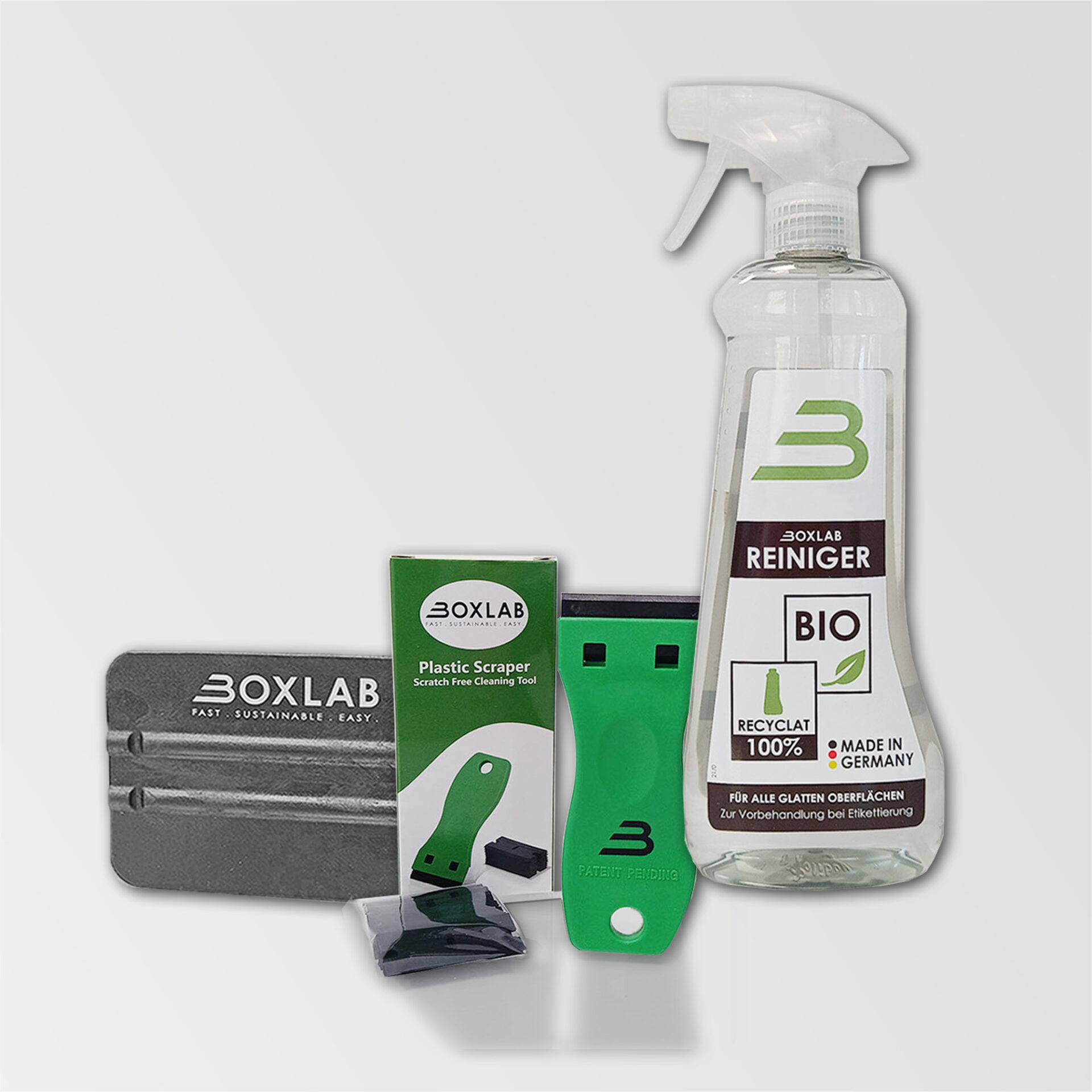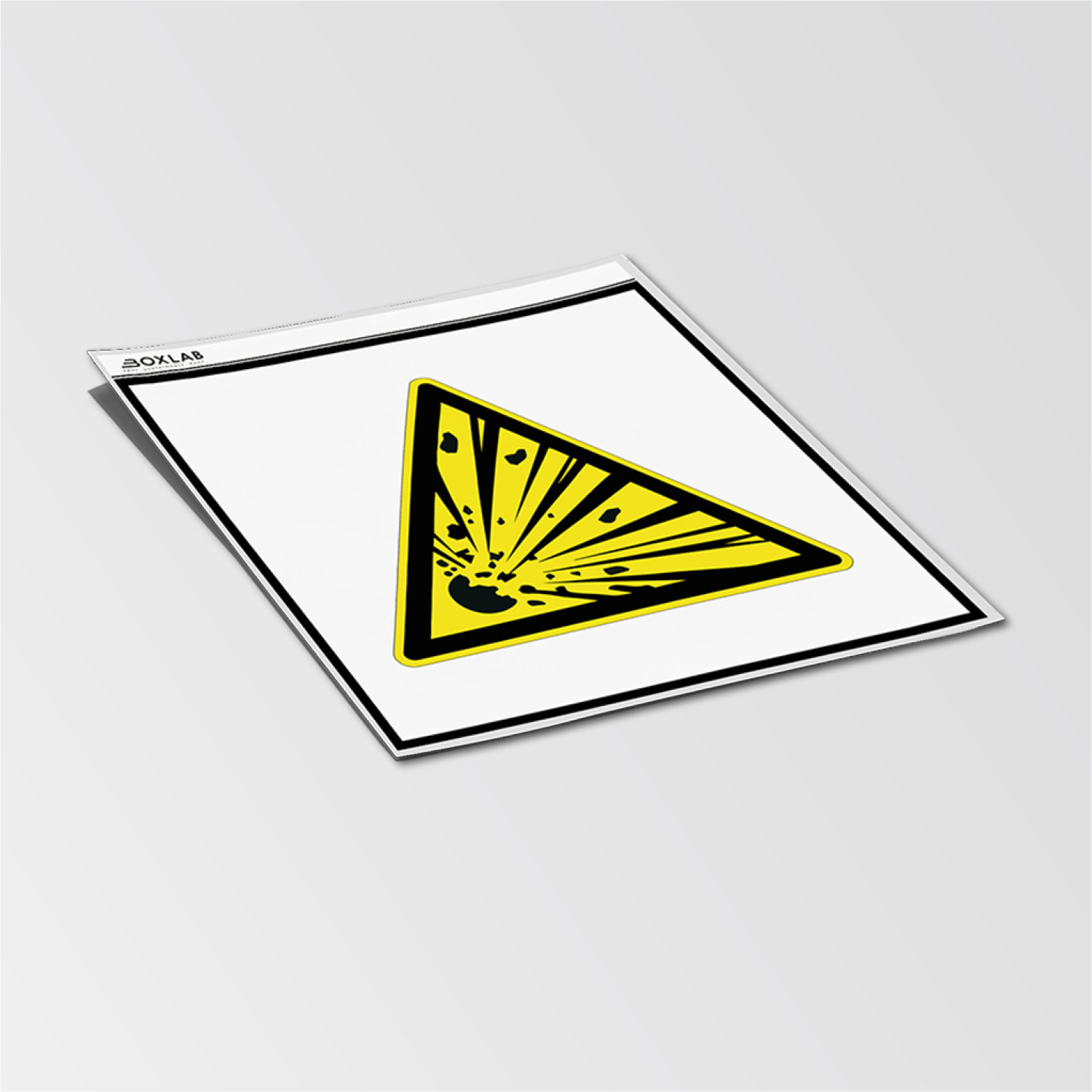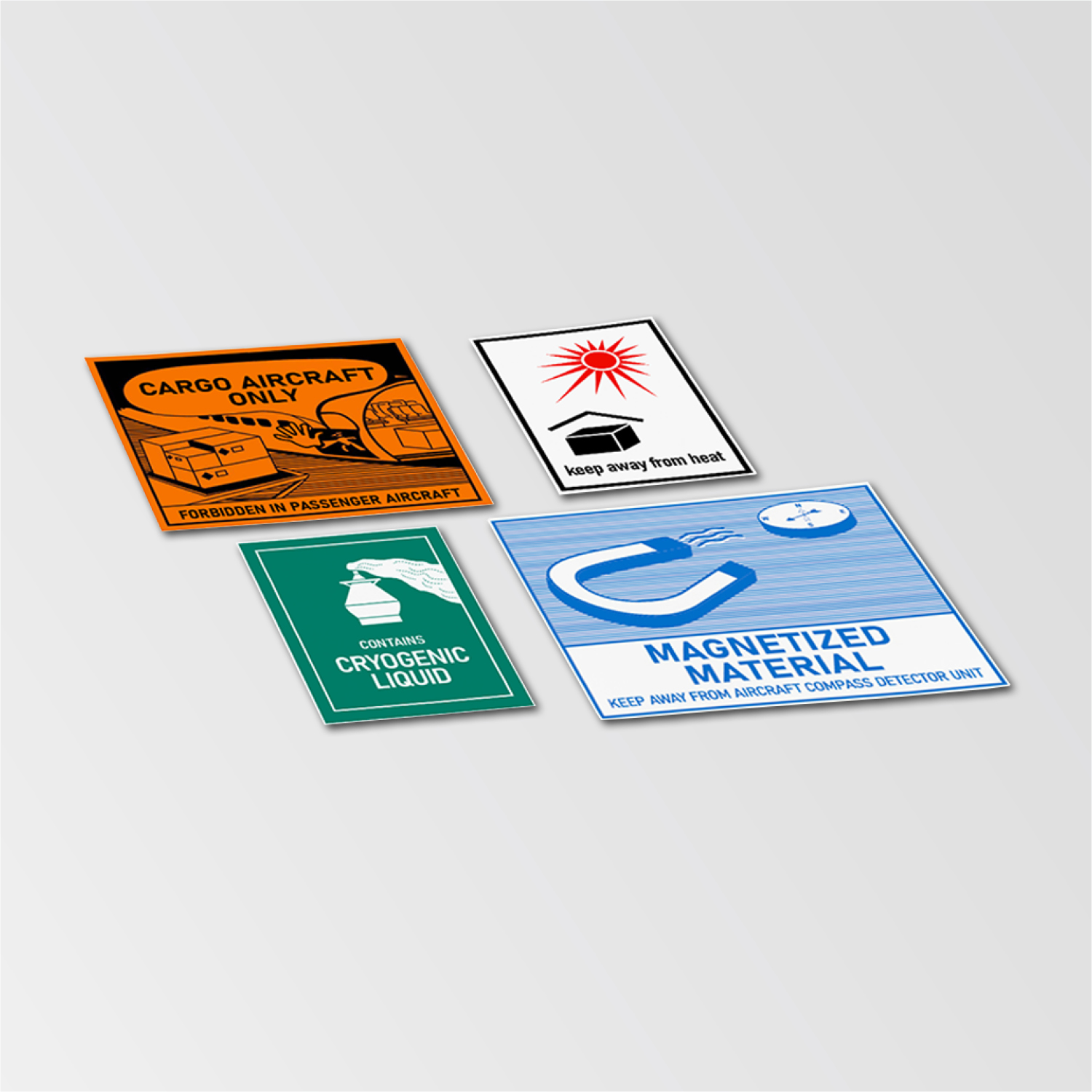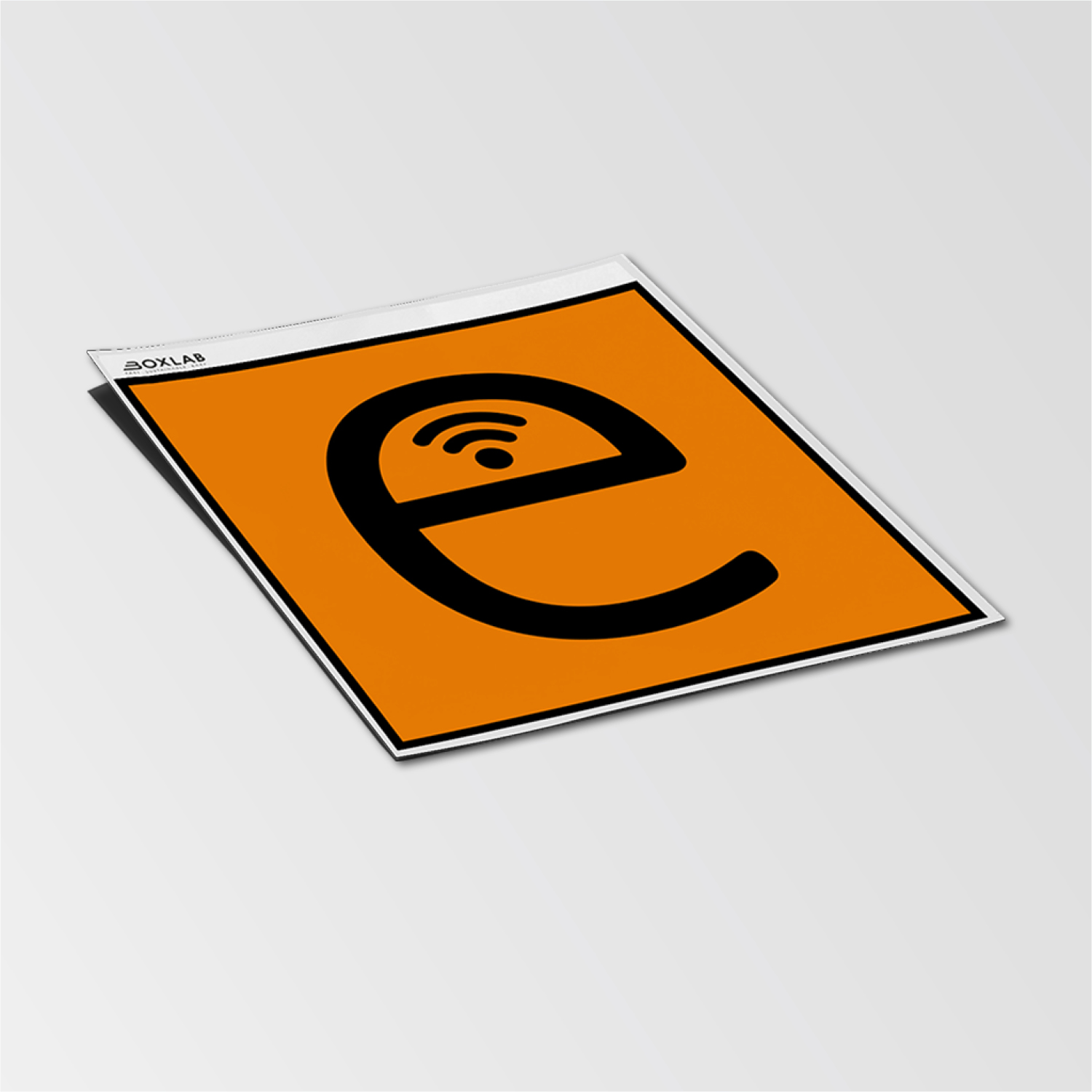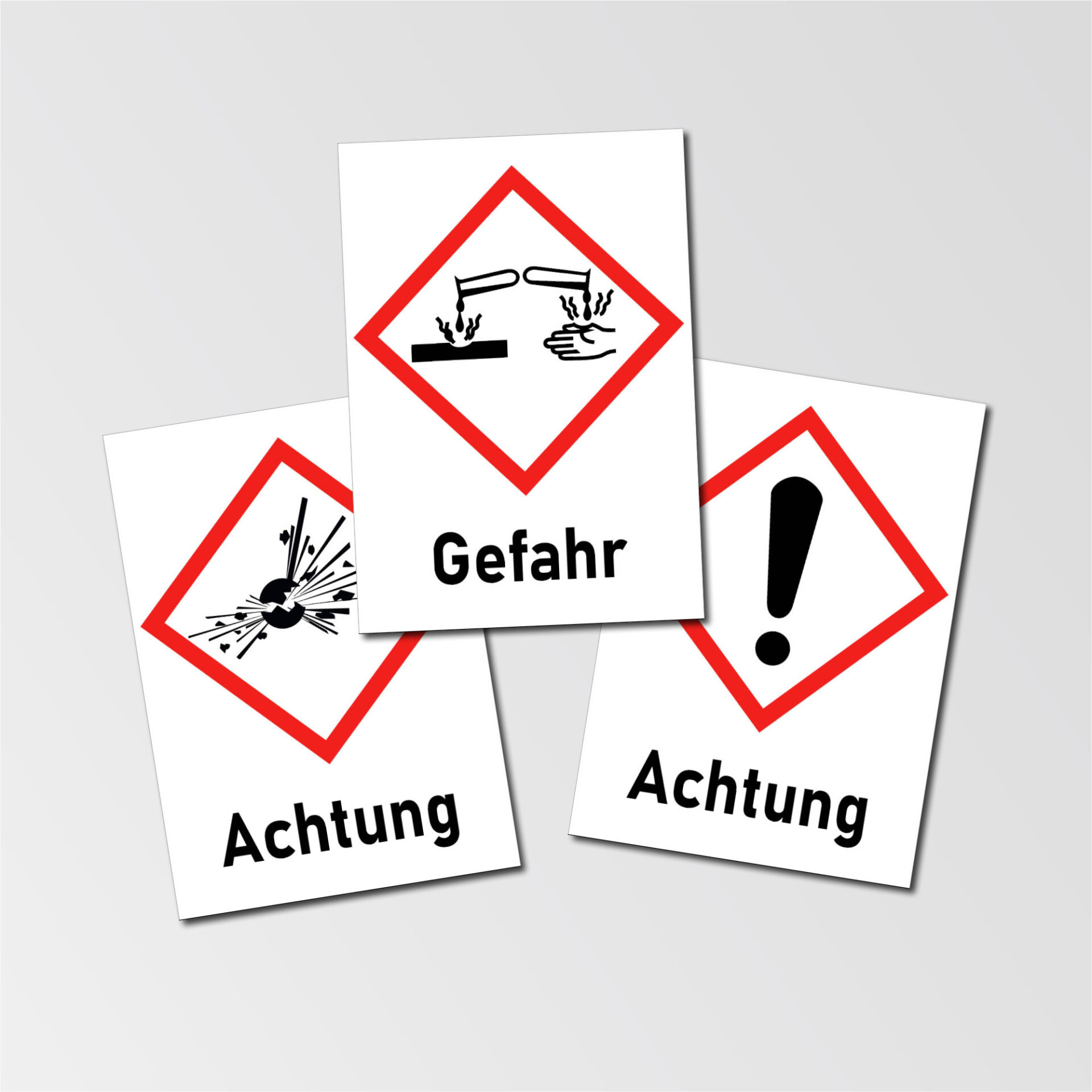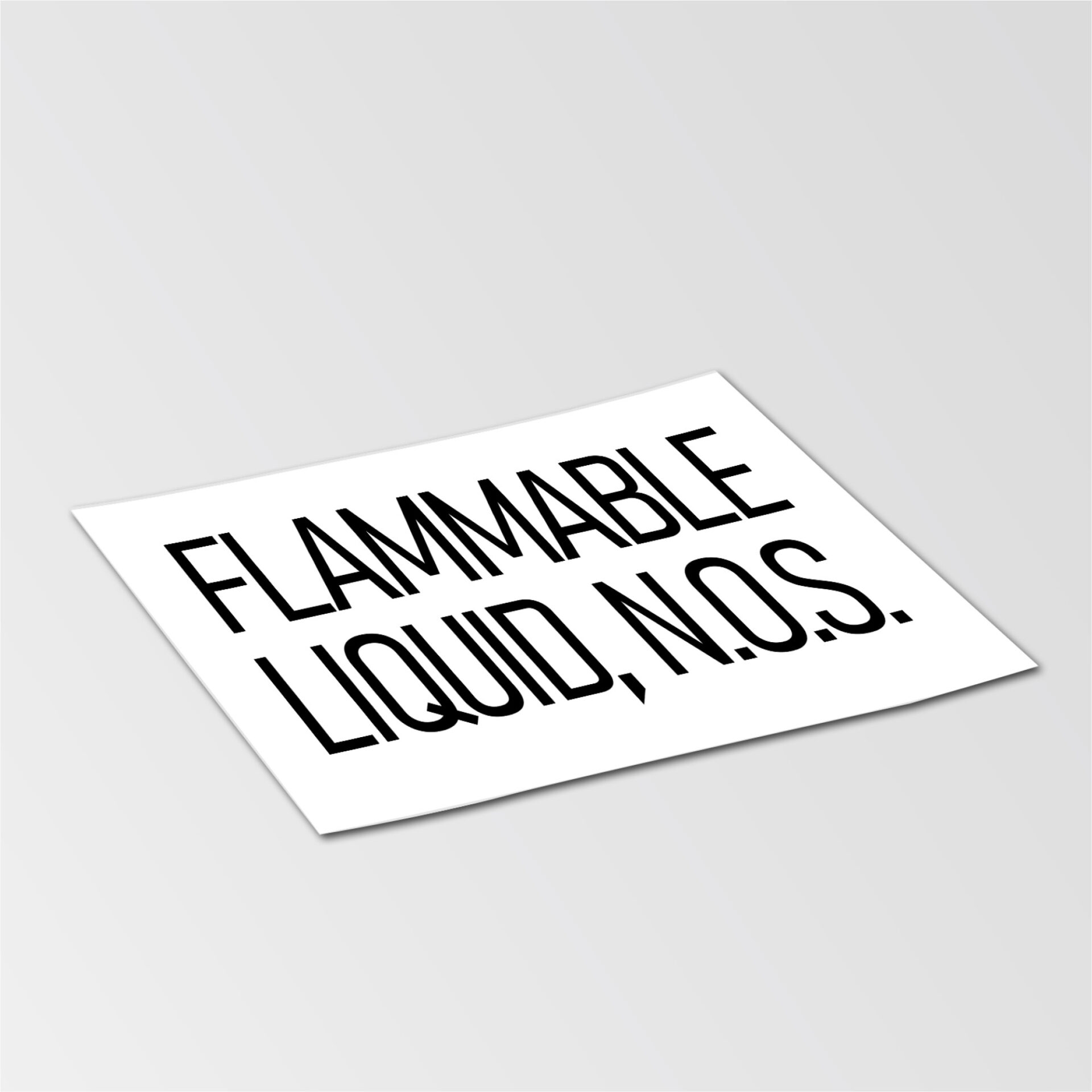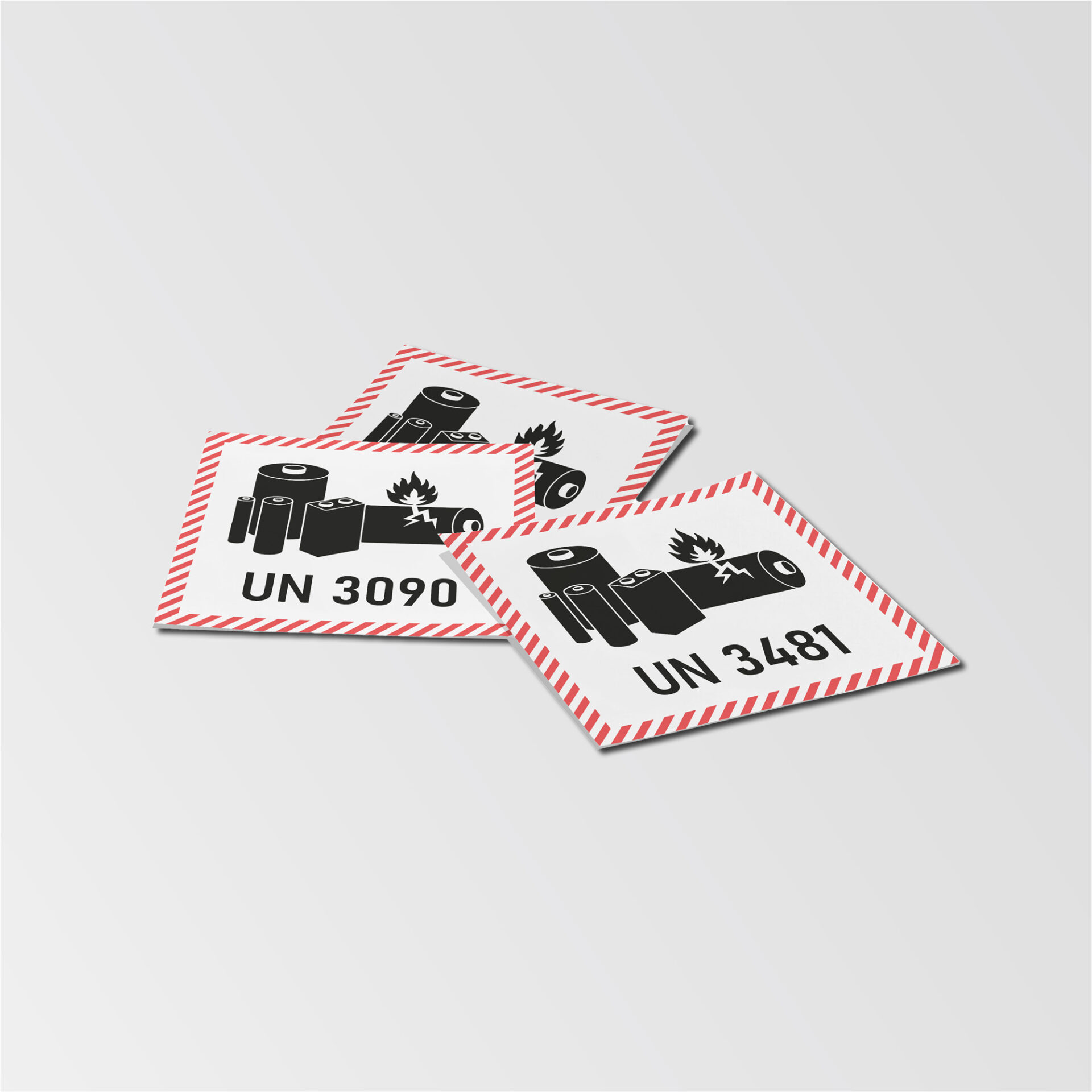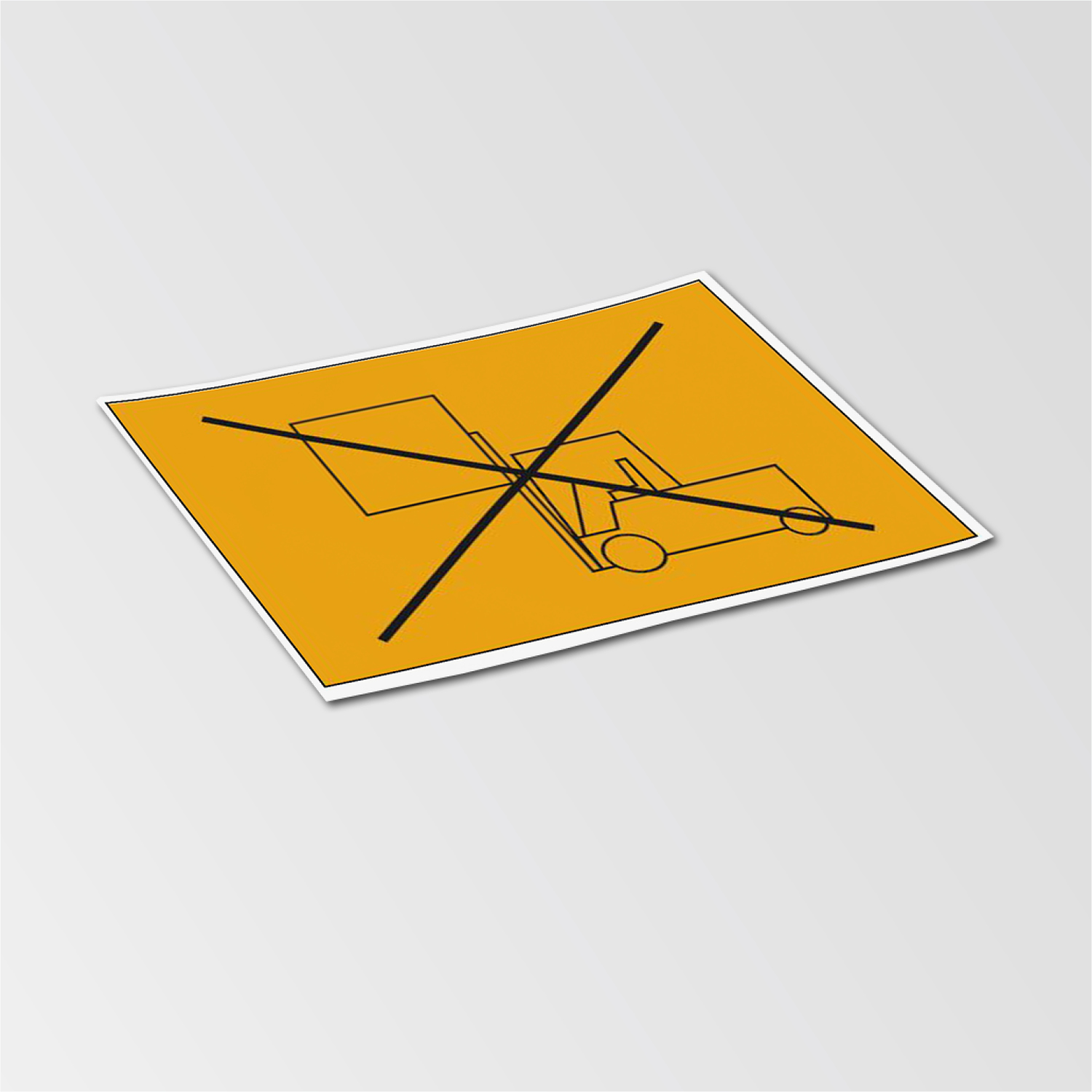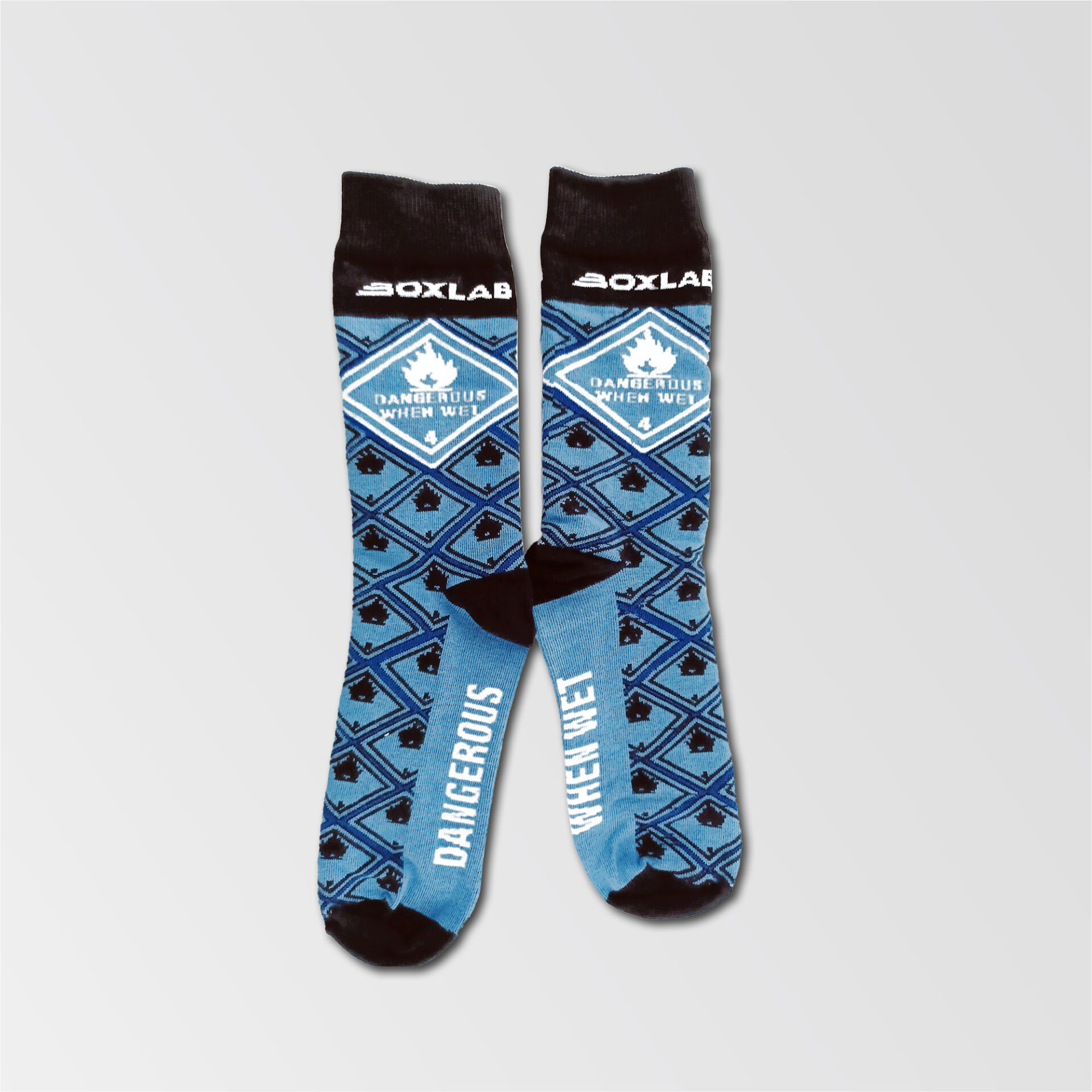Many of our business customers work with clearly defined procurement processes: products must be checked, approved or budgeted internally. Traditional checkout processes often only reflect this reality to a limited extent. That’s why we developed the new ‘Request shopping basket as quote’ feature – a solution that supports internal workflows while simplifying the ordering process.
Why this feature is so valuable for B2B customers
1. Process-compatible
Buyers can send their filled shopping cart directly as an inquiry to our team – with all relevant data such as company name, VAT ID, address, and detailed product list. This allows for optimal internal preparation of quotation and approval processes.
2. Maximum Stability & Legal Certainty
The inquiry is sent via the user’s own email program. This ensures:
- full traceability
- stable communication without additional systems
- GDPR-compliant data transfer
- no server-side processing of sensitive content
3. Bilingual and immediately ready for use
The function is fully DE/EN capable. The email is automatically generated in the shop language used – ideal for international teams.
Login – Why a customer account is necessary
Registration in the customer account is required for the quotation request.
We consciously communicate this in a benefit-oriented way, as the login is not an obstacle but a real advantage for the
Users:
- Company and billing data are stored
- VAT ID & company information are automatically adopted
- Follow-up questions are eliminated
- Inquiries can be answered faster and more accurately
In short: Log in once – inquire more efficiently permanently.
In the shop, this is communicated discreetly and transparently via a short note, without interrupting the user flow.
How it works in detail
The ‘Request quote for shopping basket’ button is already present in the shopping basket and in the off-canvas shopping basket, but initially leads to the checkout page. There, companies can finally check or update their billing address and customer data before the actual quote request is triggered. The full function is therefore only available on the checkout page.
If users are logged in, one click is enough.
The system automatically generates a pre-formulated email with:
- Customer data
- Company information
- VAT ID
- Billing address
- Shopping cart including quantities & article numbers
Shipping is handled via the local email programme – stable, legally compliant and without media discontinuity.
For whom is this solution particularly valuable?
Purchasing departments with quotation or approval processes
Companies that require internal approval before placing orders
Project- or order-related procurement teams
Organisations with regularly recurring product enquiries
Fazit
With ‘Request quote for shopping cart’, we are introducing a practical, legally compliant and process-optimised function to the shop that is ideally tailored to the needs of B2B customers.
The login ensures a high-quality database, fewer queries and significantly more efficient processes – exactly what professional purchasing organisations expect today.
